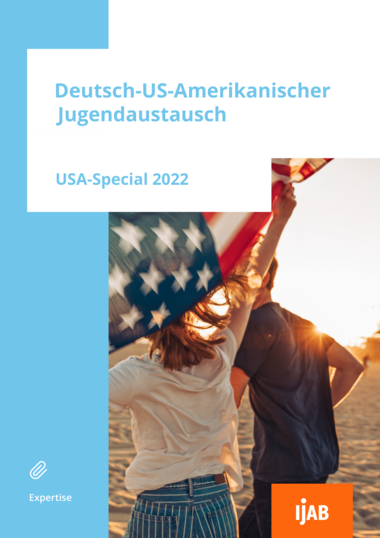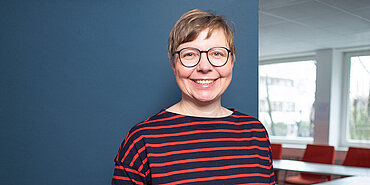Senator William J. Fulbright’s words on the occasion of the 30th anniversary of his legendary exchange program in 1976 still hold true today. A mutual understanding of cultures is at the heart of any successful exchange program, and personal relationships are its backbone. Exchanges create lasting links between countries, and exchanges between Germany and the United States, which are among the most extensive and diverse, have played a key role in the history of transatlantic relations.
How it came about
Modern day German-US-American exchange programs developed in the aftermath of two devastating world wars and were integral to the foundation of lasting peace. Shortly after World War I, US-American organizations introduced short-term programs to encourage young US-Americans to travel abroad and visit Germany. These programs continued to run during World War II. The greatest challenge, however, was finding reliable forms of transport between the US and Europe. Paradoxically, some participants wanting to benefit from the peace-keeping potential of these exchange programs crossed the Atlantic on ships used to transport troops.
In his third inaugural address in 1941, President Franklin D. Roosevelt stressed the importance of cross-cultural understanding. He described a future in which personal diplomacy would be central and the role of individual men and women in maintaining security and peace would be a hallmark of post-war US-American foreign policy:














